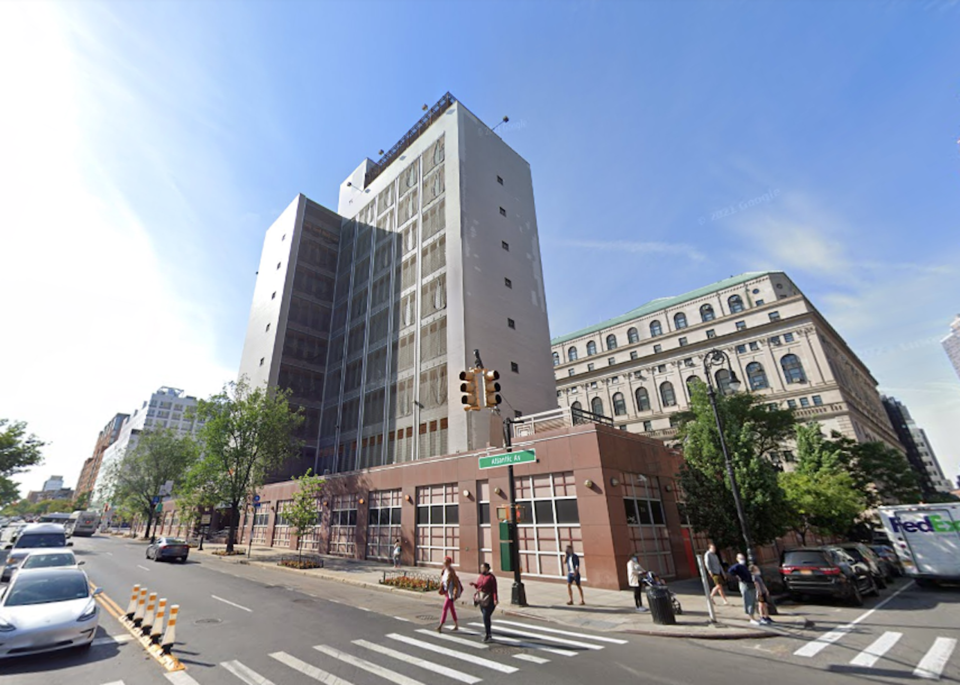Permits have been filed to demolish The Brooklyn House of Detention, marking a step forward in the City’s plans to close Rikers Island and replace it with four smaller borough-based jails.
Patch reports that the permits were filed last week, almost two-years after the jail, located at 275 Atlantic Ave., was closed by then Mayor Bill de Blasio.
The short section of the building will be demolished in the spring, and the remainder in the summer, the Department of Design and Construction told Patch in an email. Road closures around the jail could be put in place as early as this weekend.
De Blasio’s $8.3 million plan to close the dysfunctional Rikers Island complex — a place accused of numerous human rights violations and where 16 inmates died in custody last year — has been adopted by Mayor Eric Adams.
A spokesperson for City Hall told Patch that the city would continue to meet with communities, hear their concerns and incorporate their feedback “into on-going plans as we continue to move this critical process forward and finally close down Rikers once and for all."
The new jail planned for the Atlantic Ave. site could be up to 295 feet tall — double the current building’s heights, and it will include hundreds of underground parking spaces, a ground-floor retail and community space and around 900 beds.
Last year, the City said the jail would have a temporary swing space, where "NYC Department of Correction's transfers for court appearances during construction.”
In its borough-based jail plan, which will see new jails in Brooklyn, Queens, the Bronx and Manhattan, the City says it is committed to closing “antiquated and dilapidated jails both on Rikers Island and in four of the City’s boroughs, building instead four Facilities close to courts, families, and services.”
“These will constitute a smaller, safer, and more humane approach to this ever-shrinking part of our justice system; offering dedicated space and better connections to families, attorneys, courts, medical and mental health care, education, therapeutic programming, and service providers.”




